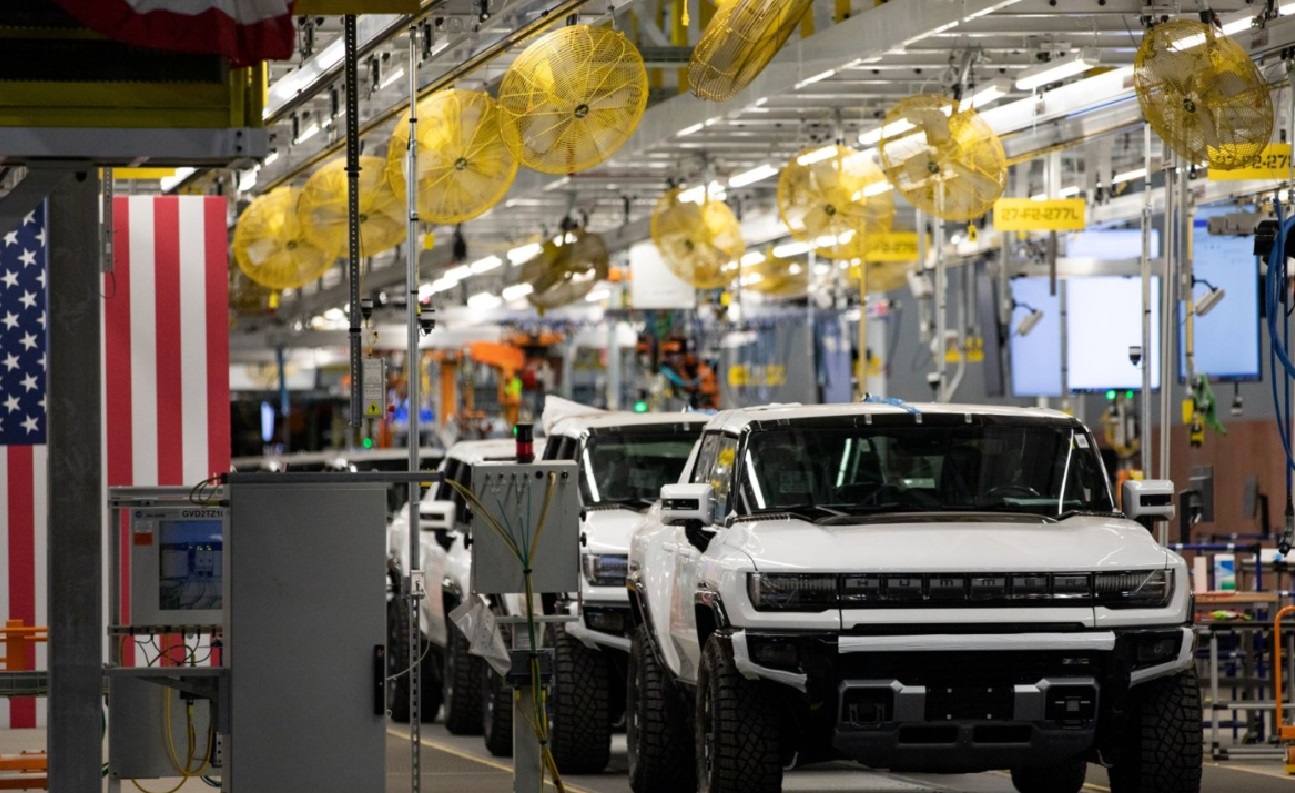The US factory output fell in January for the first time in three months, reflecting declines in the production of motor vehicles, machinery and metals. The 0.5% drop in industrial production contrasted with a 0.1% gain a month earlier, Federal Reserve data showed.
Total industrial production, which includes mines and utilities, fell by 0.1% in January as harsh winter weather slowed mining activity.
Motor vehicle and parts production fell by 0.2% after a strong recovery in the previous two months amid the end of a United Auto Workers strike in October.
Excluding autos, manufacturing fell by 0.6% from December, the largest decline since March. In this regard, the indicator reports a fourth consecutive monthly decline.
However, recent studies suggest that the worst of the negative streak is coming to an end. The Institute for Supply Management’s factory index climbed to a 15-month high in January as it reported the largest share of order managers since April reporting higher levels of orders.
Separate regional surveys on Thursday showed a slower pace of output contraction in New York state in February and the first expansion of factory activity in the Philadelphia area in six months.
Still high borrowing costs and sluggish export markets risk hampering a sustained recovery in manufacturing.
The Fed’s report outlined a drop in US factory production of business equipment, supplies and construction materials, while output of consumer goods rose for a third straight month.
The Fed’s analysis also showed a jump in utility output as cold temperatures during the month boosted demand for heating. Production fell by the most in nearly three years, also in part because of poor weather conditions, which led to a drop in oil and gas production.
The percentage of active factory capacity fell to 76.6%, the lowest level since April 2021. The overall level of industrial capacity utilization fell to 78.5%.



